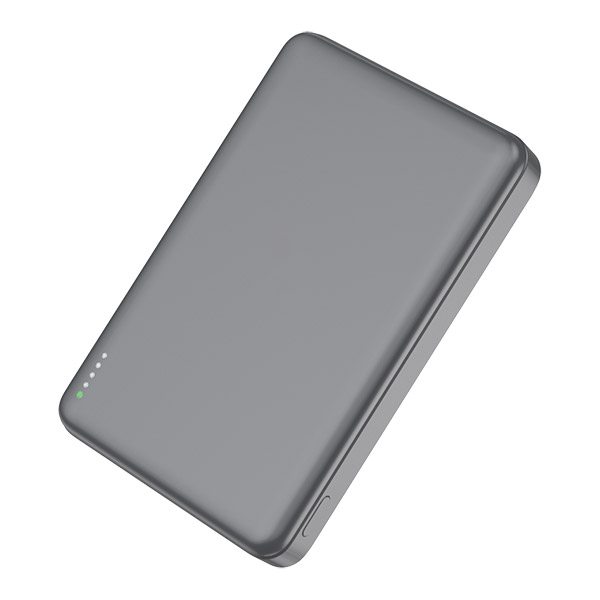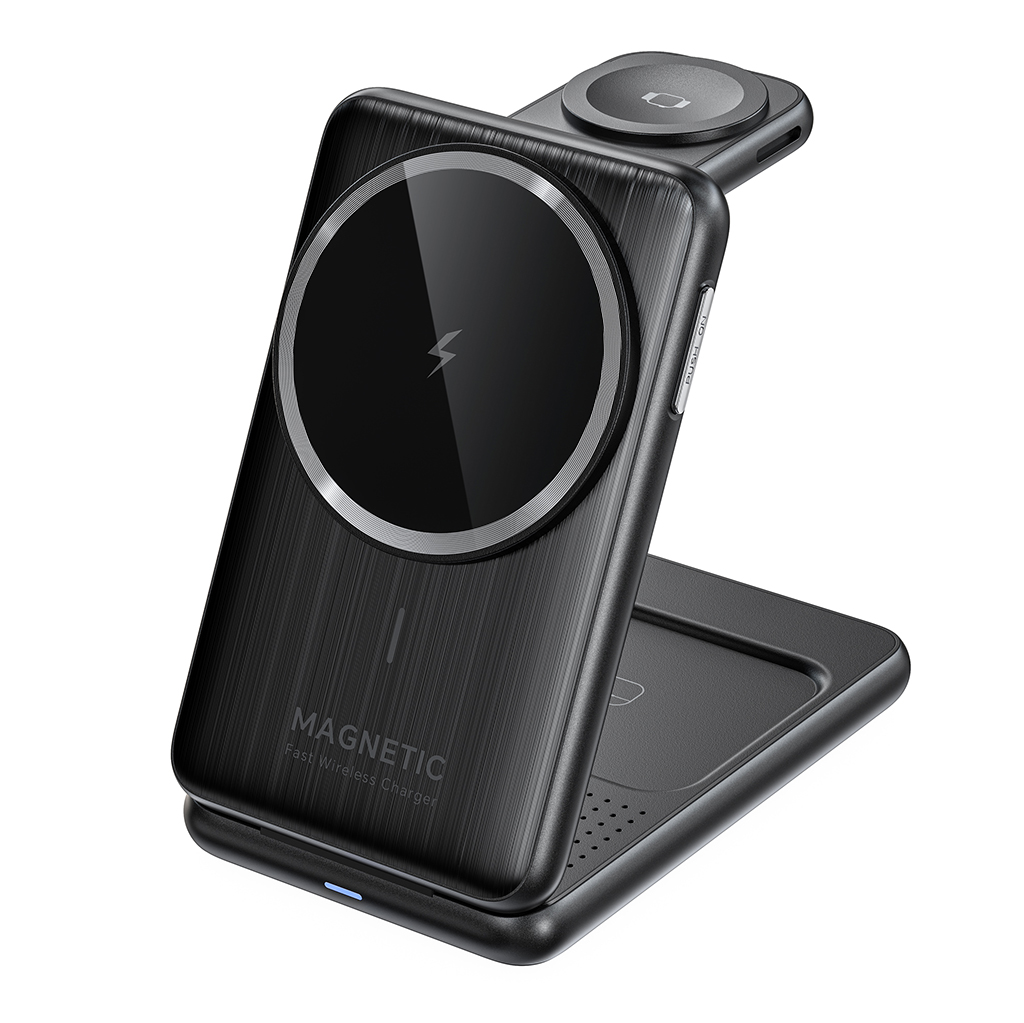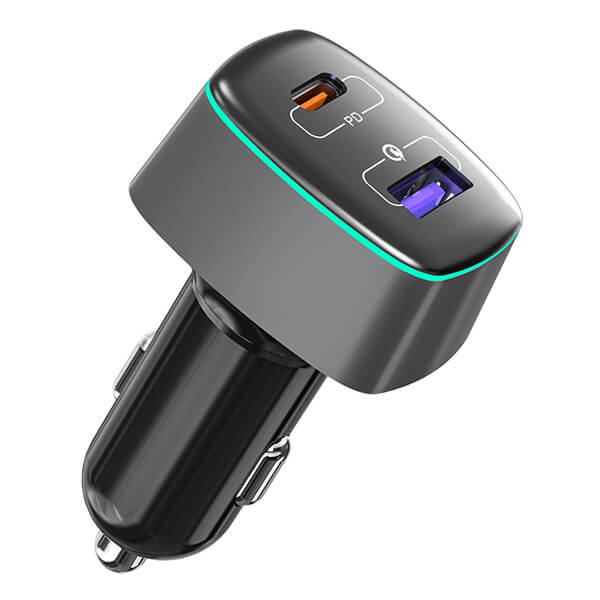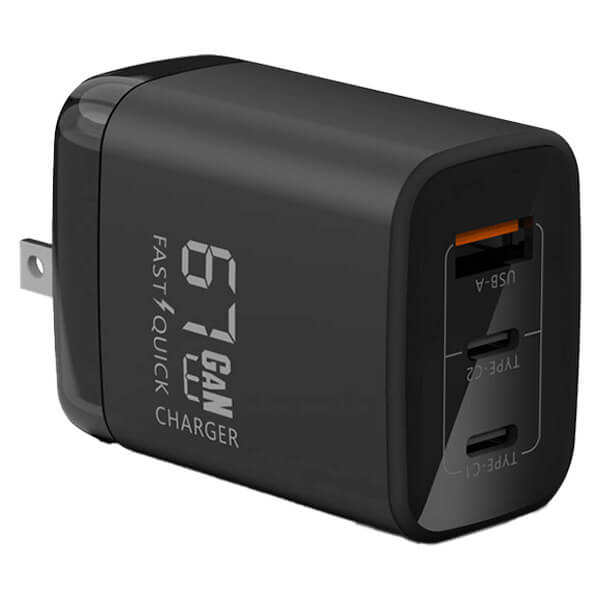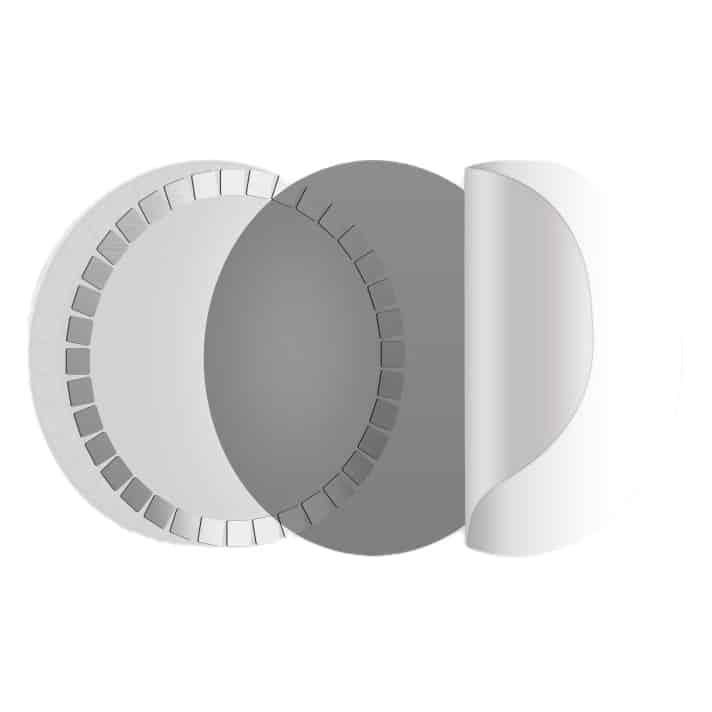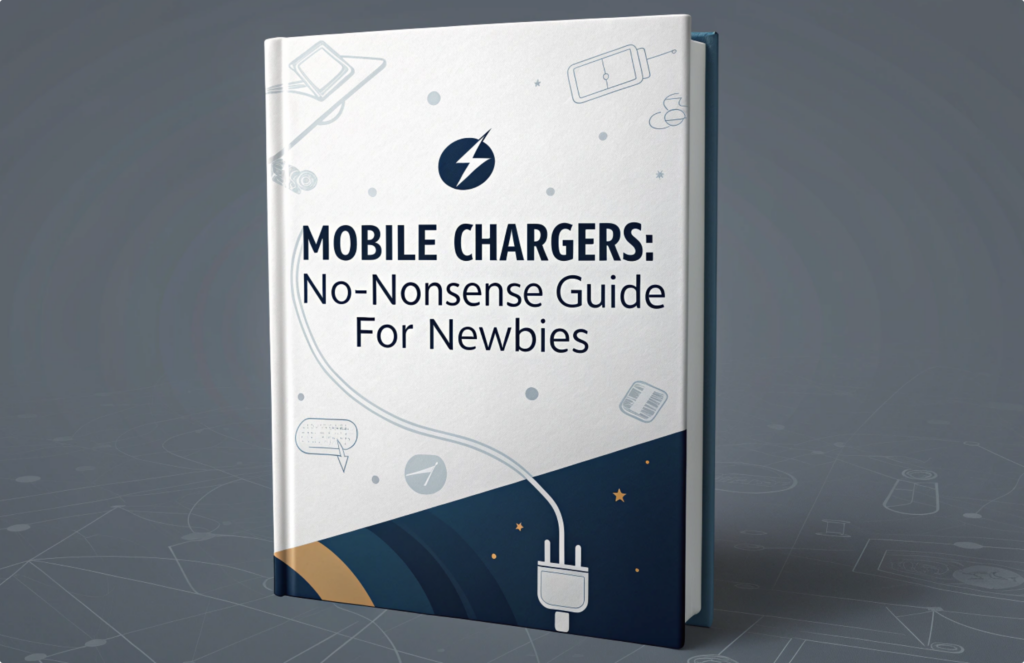Is your trusty power bank losing its charge faster than before? Worried it won’t survive your next day out? Don’t worry, a little care goes a long way.
To keep your power bank battery healthy, avoid letting it drain completely—charge it when it gets below 20–30%. Unplug it once it reaches 100%, and if storing it long-term, keep it cool, dry, and around 40-50% charged. Also, steer clear of extreme heat or cold, use it regularly, and handle it gently.
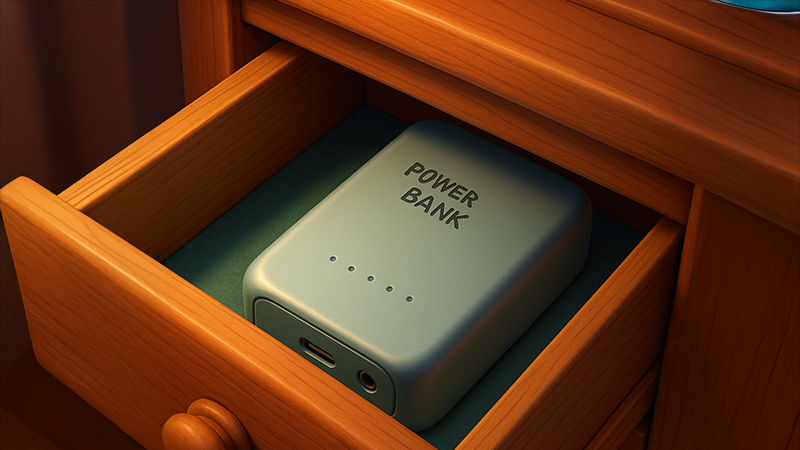
Taking care of your power bank isn’t hard. Following these simple steps will help keep it working reliably when you need it most. Let’s look closer at how to do this.
Should you charge your powerbank to 100%?
You need your power bank ready to go, so you plug it in. But is charging it all the way to 100% the best idea for its lifespan?
Charging to 100% now and then is fine. But leaving it plugged in at 100%1 for long periods stresses the battery. It’s better to unplug it once it’s full. For daily use, keeping the charge between 20% and 80%2 is often ideal for battery health.

Think of a battery like a muscle – constantly keeping it fully flexed causes strain. Lithium-ion batteries feel stress at very high (100%) and very low (0%) charge levels. While modern power banks have safety circuits to prevent overcharging damage, keeping them constantly full still speeds up wear. Research suggests aiming for 20-80% charge for regular use maximizes lifespan. So, charging when it drops below 30% and unplugging around 80-100% is a good habit. Also, using the cable that came with the power bank, or another high-quality cable, ensures proper charging speed and voltage, which is also important for battery health. Poor quality or very long cables can be less efficient.
| Charging Practice | Impact on Battery Health | Recommendation |
|---|---|---|
| Charging to 100% | Minor stress | Okay occasionally, unplug when full |
| Leaving plugged in at 100% | Increased stress | Avoid prolonged periods |
| Frequent full discharges | High stress | Avoid letting it drop to 0% often |
| Keeping between 20%-80% | Minimal stress | Ideal for longevity, though not always practical |
| Using quality cables | Optimal performance | Recommended for correct voltage/current |
Why does my power bank run out so fast?
Does your power bank seem to empty much faster than it used to? Are you getting fewer device charges from it? There are a few common reasons for this.
A power bank might drain quickly because its battery has aged and lost capacity, you’re charging devices that draw a lot of power (like tablets), it’s being used in extreme heat or cold, it has lower-quality internal parts, or simply because its actual output is less than advertised.
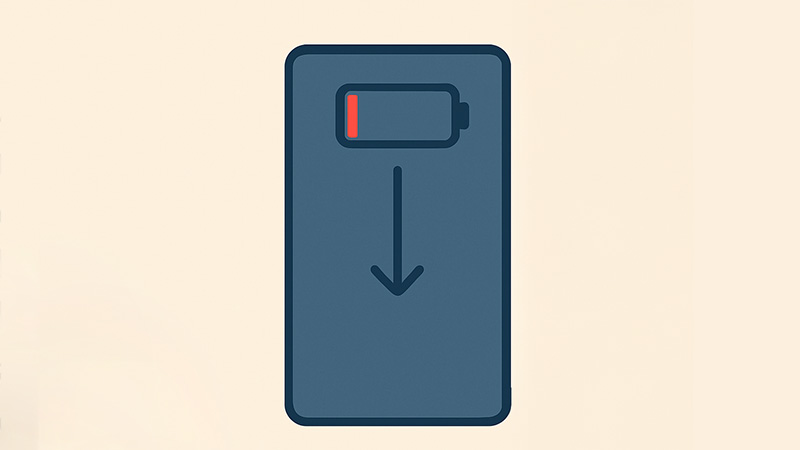
Batteries naturally degrade over time. Each charge and discharge cycle (power banks typically last 300-500+ cycles) reduces the maximum capacity slightly. Eventually, this adds up. Charging power-hungry devices will obviously drain it faster too. Using fast charging can also be slightly less efficient, creating more heat and wasting some energy. Extreme temperatures force the battery to work harder and less efficiently. Sometimes, cheaper power banks use lower-grade cells or less efficient circuitry. And don’t forget the difference between rated capacity (the number on the box, e.g., 10,000mAh) and actual output capacity (what you really get, often 6,500-7,500mAh for a 10,000mAh unit) due to energy conversion losses.
| Reason for Fast Draining | Explanation |
|---|---|
| Battery Aging | Capacity decreases naturally with charge cycles (300-500+ typical). |
| High Power Draw | Charging large devices or using fast charge drains it faster. |
| Extreme Temperatures | Heat or cold reduces battery efficiency and performance. |
| Component Quality | Lower quality cells or circuits are less efficient and may degrade faster. |
| Actual vs. Rated Capacity | Usable capacity is always lower than the label due to conversion losses. |
How do you store a power bank for a long time?
Are you putting your power bank away for a few months? Maybe between trips or during a season you don’t use it much? Storing it the wrong way can hurt the battery.
For long-term storage (more than a few weeks), charge your power bank to about 40-50%. Keep it in a cool, dry place, ideally around 20-28°C (60-80°F), away from direct sunlight and extreme temperatures. Don’t store it completely full or totally empty.
Why 40-50%? Storing a lithium-ion battery at 100% causes continuous stress, speeding up degradation. Storing it at 0% risks deep discharge, where the voltage drops too low, potentially causing permanent damage or making it unable to recharge. The 40-50% range is the sweet spot that minimizes stress and slows down the battery’s natural self-discharge. Temperature control is key too. High heat accelerates aging, while extreme cold can temporarily reduce performance. Keep it somewhere stable, like a drawer or closet, not in a hot attic or freezing garage. It’s also smart to check the charge level every 3-6 months and top it back up to that 40-50% mark if it has dropped significantly. We always include storage advice for our clients at EverGreat, especially those buying in bulk.
| Storage Tip | Why It Matters | Recommendation |
|---|---|---|
| Charge Level | Minimizes stress and deep discharge risk | Store at ~40-50% charge |
| Temperature | Prevents accelerated aging and damage | Store in cool place (e.g., 20-28°C / 60-80°F) |
| Location | Avoids heat, cold, and moisture damage | Store indoors, dry location, away from sun |
| Check Periodically | Prevents self-discharge from fully draining it | Check charge every 3-6 months, top up if needed |
| Avoid Extremes | Full charge or empty state harms the battery | Never store fully charged or fully empty |
What kills power bank battery?
You rely on your power bank, so you want it to last. What are the main things that can seriously damage or even "kill" its battery?
The biggest battery killers are extreme heat, physical damage (like dropping it), frequently draining it to 0%, keeping it constantly at 100% charge, using cheap or incompatible chargers, moisture, and simply reaching the end of its natural lifespan (charge cycle limit).

Heat is a major enemy. Leaving a power bank in a hot car can permanently reduce its capacity and even cause dangerous swelling. Physical impacts from drops can damage the delicate internal cells or the control board. Repeatedly letting the battery die completely stresses its chemistry. Likewise, leaving it plugged in indefinitely at 100% causes unnecessary strain. Using a poor-quality charger might provide unstable power, harming the battery over time. Water damage is also often fatal. And finally, batteries just wear out after a certain number of charge cycles (usually 300-500+). Look out for signs it’s time to replace your power bank: swelling of the case, leaking fluid, excessive heat during charging/use, rattling sounds, or cracks. If it needs replacing, don’t trash it! Look for local electronic waste recycling options.
| Battery Killer | How it Damages | Prevention Tip |
|---|---|---|
| Extreme Heat | Accelerates chemical degradation, causes swelling, potential failure | Keep out of hot cars, direct sunlight |
| Physical Damage | Can cause internal shorts, damage cells or PCB | Handle with care, maybe use a protective sleeve |
| Frequent Full Drain | Stresses battery chemistry, risks deep discharge | Charge before it hits 0%, ideally below 20% |
| Constant Full Charge | Stresses battery chemistry, accelerates capacity loss | Unplug when full, avoid constant 100% connection |
| Bad/Wrong Charger | Unstable voltage/current can damage battery cells and protection circuit | Use the original or a reputable certified charger |
| Moisture/Liquids | Can cause shorts and corrosion | Keep dry, away from liquids |
| Natural Aging | Capacity loss occurs naturally with each charge cycle | Good habits slow it, but replacement is eventual |
Conclusion
Taking care of your power bank is straightforward. Avoid extreme temperatures, don’t let it sit empty or full for too long, store it partially charged in a cool place, and handle it carefully. These habits help it last longer.

